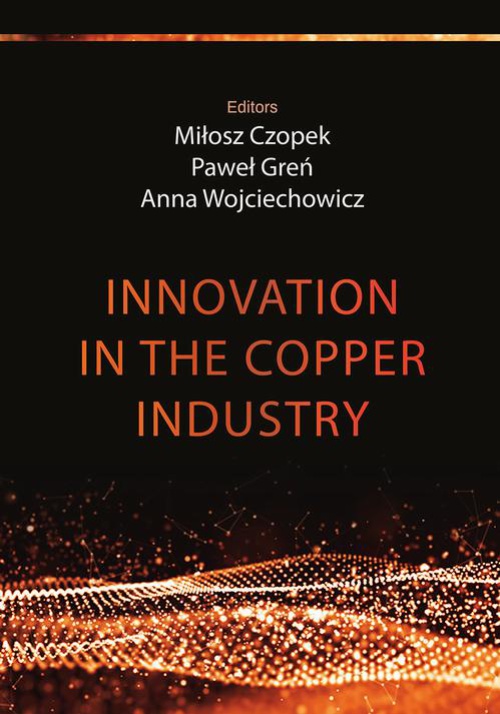Przejdź do opcji czytnikaPrzejdź do nawigacjiPrzejdź do informacjiPrzejdź do stopki
CHAPTERI.INNOVATIONSANDTECHNOLOGICALADVANCES…
ipatorygovernance”canbeagoodmethodofengagementandparticipationofcitizens
indecisionsonambivalentefectsofnewtechnologies(onanticipatorygovernancesee-
Guston,2013).Nowadayspeoplestarttothinkmoreontechnologyoutcomes,especially
possiblydetrimentalecologically,thanonitsdevelopmentperse.Citizens’engagement
mayinfluencedesignandapplications,whichcanalertscientists,investors,legislators,and
communitiestotheeventualnegativeandoftenlong-termefectsoftechnology.Thiscan
alsopromoteanewcultureconnectedwithnewrevolutionarytechnologiesas,forexam-
ple,bio-andnanotechandsocialrobotics(Šabanovič,2014)andleadtoabroadersocial
learningprocessorientedtowardsustainability.Suchactionsrequireinstrumentstobe
elaboratedandexploitedtoinfluencegovernanceofpublic-privatepartnershipsingenom-
ics(Hanssen,Gremmen,2012).
Itgoeswithoutsayingthattheperceptionofthemeasuringandroleofscienceand
innovationinsocietyisshapedtoagreatextentbymedia.Scientificjournalismrequires
twospecialskills:asolidscientificknowledgeandanabilitytopresentitproperlyby
notsimplifyingtheinformationunnecessarily(whichoftendamagesmessages).Public
commonsenseknowledgeandimplicatedpublicopinionarevitalnotonlyforthelegiti-
mizationofpublicpolicyinthescienceandtechnologyarea,buttheycaninfluenceeven
privateinvestors.Moreimportantly,fromaninnovationperspective,theymayalsorein-
forcesocialinterestinactiveparticipationininnovationactivities.Itisnotonlypublic
discourseonscienceandtechnologypoliciesandactivitiesandtheirconsequencesthat
areatstake,butalsoapossibilityofco-shapinginnovations,e.g.bycooperatingwith
companies(seee.g.Ornetzeder,Rohracher,2006),andengagingincitizenscience.Such
engagementprovidesopportunitiesforcitizenstobeinvolvedinresearchconductand
togainscientificknowledge,andalsoallowscitizenstoreflectonscienceproductionand
applications,nottomentiondevelopingpositiveattitudestowardscienceandtechnology
(seee.g.Cralletal.,2012;Finke,2014).Theuseoflaypeopleisoftencriticized,nev-
erthelessforproblemsofcommunityrelevanceitseemsproper.Moreandmorerefined
instrumentsforpublicinvolvementareinventedandused(e.g.societalinterfacegroup
-Hanssen,Gremmen,2012).
Somediaareabletoensurepubliccommunicationonscienceandtechnologyandhelp
inthepublic’sunderstanding.However,scientistsoftencriticizethemediaforasimpli-
ficationofproblems,forpoorframingofcomplexissues,andforconfusinginformation
preferencesofmediaandpublicones(Rivenburgh,2014;Boczkowski,Mitchelstein,2013)
forbiasedstandsdictatedbysponsors,lobbyists,politicians,etc.
Newtechnologies,forexamplebio-andnano-,areasubjectofdiscoursealsoinnew
media.Thesocialwebplatformcanbeanexample(Veltri,2012).TheInternetupscales
enormouspossibilitiesofcommunication,transfersofknowledge,expressionsofsocial
attitudes,andparticipationininnovativeactivities.However,thiskindofperformativity
hasnotbeenfullyexploredyet.Itspotentialseemsgreat,especiallyincommunication,
includingscientificcommunication.TherewereoncehopesthattheInternet’senabling
oftransborderexchangesofinformation,knowledge,innovations,goodpractices,net-
working,andcooperationwouldgivechancestobridgethedigitaldivide.Atpresentthere
issomeskepticismregardingthis.Evendigitizationmaynotensureperipheriesakind
26









